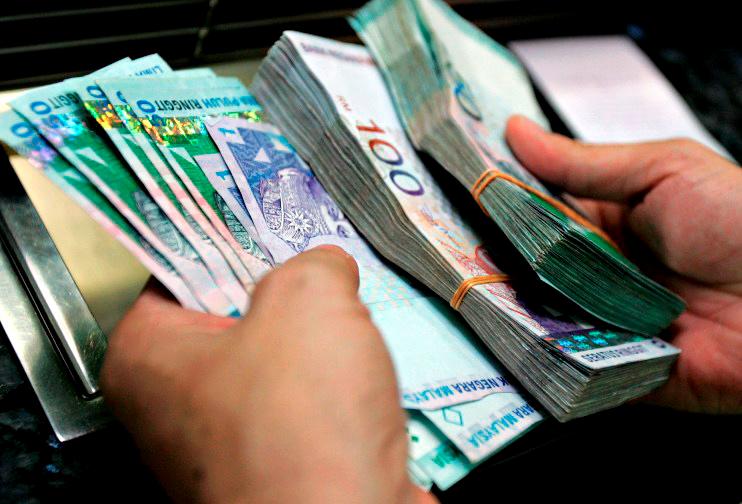PETALING JAYA: Malaysia will need to spend some RM300 billion over the next five years to lift the workforce out of the middle-income trap as 60%, or 10 million of them, are unskilled.
Universiti Tun Abdul Razak economist Dr Barjoyai Bardai, who said this, added that the country has been in the middle-income trap for decades owing to its own making.
He was commenting on Economic Affairs Minister Mohd Rafizi Ramli’s recent statement that the nation will stay on course of the Economic Planning Unit’s (EPU) goals of pushing the economy out of the middle-income trap.
Mohd Rafizi said the EPU plan would continue to focus on less-endowed states, vulnerable groups in society, the United Nations Sustainable Development Goals (UNSDG), technology and a knowledge economy.
“At one point, Malaysia was developing so rapidly that nobody paid much attention to why the country had become a preferred destination for foreign direct investments (FDI).
“The fact is, foreign investors prefer to put money in countries with an unskilled workforce even if they have to pay a salary of RM1,500 per employee because such workers translate to lower cost of production,” Barjoyai said, adding that for the country to achieve a high-income level, it needs to take a two-pronged approach to its strategy.
“First, it must continue to attract FDI by ensuring that it is the imported labour that is unskilled. At the same time, efforts must be made to upskill the local workforce so they can move up the technological ladder.
“As the country moves towards IR4.0, upskilling Malaysian workers will help increase their income and reduce disparity,” he said.
“But this is not going to be cheap. The government will have to spend some RM300 billion over five years to retrain and upskill 60% of our workforce, or 10 million of them who are unskilled. Otherwise, we will never make it and other countries will continue to overtake us.”
Barjoyai said while RM300 billion may seem like a huge sum, it could be spread over five years with an estimated cost of RM30,000 per worker.
“If the government can spend RM80 billion a year on subsidies, there is no reason it cannot spend to upskill the local workforce.
“The nation has been stuck in the middle-income trap for at least the last three decades. Hence, the government needs to develop an economy that meets the people’s aspirations of moving towards a high-income nation.”
Sunway University economics professor Dr Yeah Kim Leng agreed with Barjoyai, and said Malaysia has been in the middle-income trap for at least three decades and efforts must be made immediately to correct this.
He said a high-income nation is defined as one with a gross national income (GNI) per capita of slightly over US$12,000 (RM52,000) but at present, Malaysia’s GNI per capita is just over US$10,000.
He said the GNI per capita is the dollar value of a country’s final income in a year divided by its population.
“It may take Malaysia another three or four years to meet its target of achieving developed nation status in terms of income.
“To achieve this status, we must also focus on other areas such as education, the economy, culture, social cohesion and infrastructure, which are important components of being a developed nation”.
Yeah said Vision 2020 encompassed the idea of Malaysia becoming a self-sufficient industrialised nation by 2020.
“It encompasses all aspects of life – economic prosperity, social well-being, world-class education, political stability as well as psychological balance. Adding happiness to the equation is also good.”
Yeah said Malaysia has some way to go before it can achieve “developed nation” status. But with the right strategies in place, it may hit the high-income status first.
He added that the government has its work cut out for it and must reduce the national income inequality as it strives to become a high-income nation. However, he warned that this will not be easily achievable as the income gap between the haves and have-nots continues to widen.
“The government cannot allow the country to have an income imbalance which is so high that it creates socioeconomic problems. Emphasising the UNSDG in government policies could help reduce the current disparity.
“Education will also play a huge part in bridging the income inequality level in the country. This inequality is a growing problem worldwide, especially in the US. Malaysia should do its utmost to avoid falling into this trap as well.”













